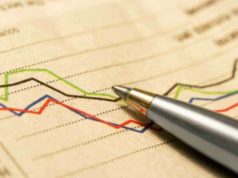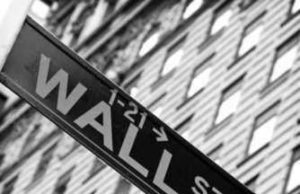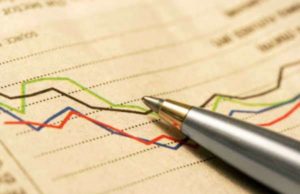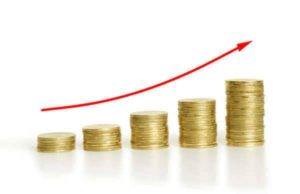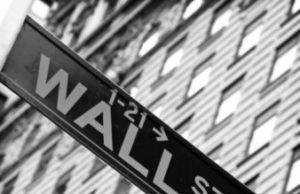
Stock Market Crash of 2008 Explained:
The Stock Market Crash of 2008 was the product of numerous missteps taken by investors, government regulators and big banks.
The primary variable that affected the stock market in 2008 was due to the collapse of the credit market. During the years preceding the collapse of the credit market, the sub-prime mortgage industry and CDO industry thrived—in essence big banks and investors were profiting off defaults and the debts of others.
As a result of poor regulation of these industries, numerous banks and mortgage companies were left free to offer loans to individuals with bad credit and a lack of income. These loans were made available due to boom in housing prices; lenders could afford to issue bad loans so long as the homeowner’s equity in their newly-purchased house outpaced their inability to fulfill their debt obligation.
Due to the swell in home prices, borrowers believed that an inability to fulfill a loan would simply result in foreclosure and the obtainment of a sure-fire asset. This brutal cycle precipitated a boom in home purchases; numerous Americans decided to over-extend themselves and purchase homes they couldn’t afford. This strategy, however, failed when housing prices started to plummet in the fall of 2007. When prices dropped, homeowners were left with debts that exceeded the value of their home, a cycle which invariably led to mass foreclosures and defaults.
By 2008, the Federal National Mortgage Associate and the Federal Home Loan Mortgage Corporation either owner or guaranteed $6 trillion in mortgage loans. The mortgage crisis penetrated numerous financial institutions which possessed significant stacks in mortgage-backed securities and CDO packages. As big banks like Bear Sterns and Merrily Lynch crumbled, an overwhelming of financial distress dominated the news.
With the credit market dry, banks couldn’t profit from issuing loans. With numerous Americans facing insurmountable debt and an inability to afford a home, consumer spending dipped to decade lows. As a result of these awful occurrences, investor confidence severely waned in all forms of investment.
The credit crisis eventually fueled a domino effect of negative impacts on a variety of macroeconomic factors such as unemployment rates, domestic production, GDP, and our government’s debt. With all of these financial problems swarming, investors backed out of the market or sustained massive losses to their investment and retirement accounts.
The failure of an assortment of lenders, mortgage companies and big banks gave way to an overhaul of the regulatory practices instituted on the financial markets. During the credit crisis, lenders were awarding loans regardless of an individual’s credit history, income, or job status. As a result of this practice, hundreds of thousands of Americans extended themselves beyond their means, which eventually contributed to the collapse of the economic markets in 2008-2009.
On Monday October 6 of 2008, the stock market started a precipitous drop, which saw the Dow Jones Industrial Average plummet by 1874 point or 18.1%.





